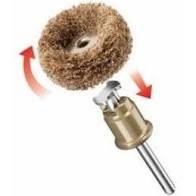B
BenTSH
Guest
Hi, first thread 
I've made a quick test with a Tamiya X22 acrylic varnish with just a few quantity BUT with around 30% or 40% of 95° alccol and the résult was very glossy with thickness feeling
Than I tried with only the varnish and the feeling is quite good BUT not as glossy and thick as with alccol and I 've used nearly the half of the 10ml bottle for a cigar size object ????????
I promess I haven't drank the 30/40% of alcool unused



Thanks by advance
I've made a quick test with a Tamiya X22 acrylic varnish with just a few quantity BUT with around 30% or 40% of 95° alccol and the résult was very glossy with thickness feeling
Than I tried with only the varnish and the feeling is quite good BUT not as glossy and thick as with alccol and I 've used nearly the half of the 10ml bottle for a cigar size object ????????
I promess I haven't drank the 30/40% of alcool unused
Thanks by advance



